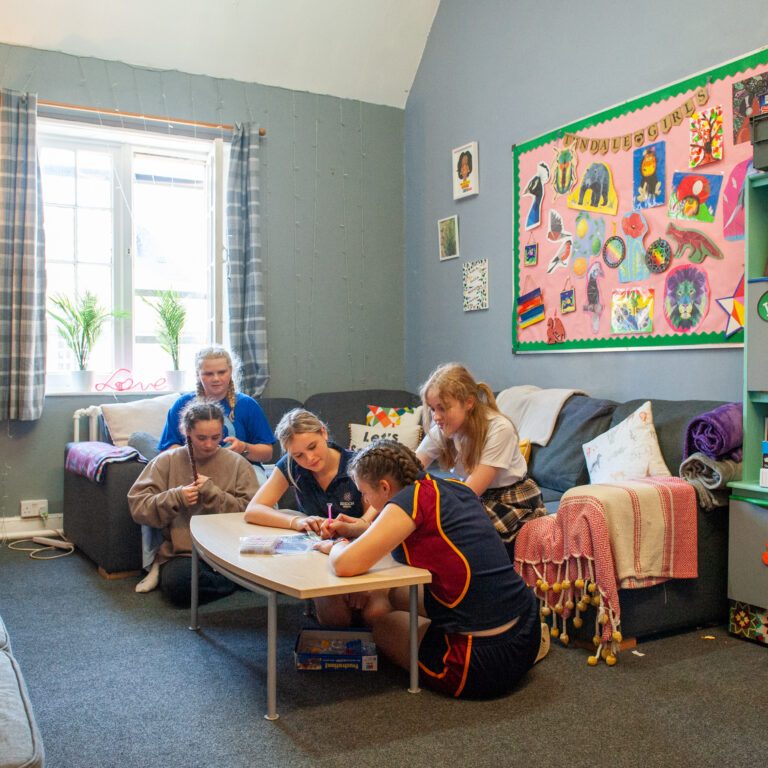
Revision Strategies Tip Sheet
Effective revision involves careful planning and preparation.
❖ Find out exactly what you need to do: ➢ How many exams have you got? ➢ How long is each exam? ➢ How many questions do you have to answer? ➢ What format do the answers take (e.g. essays, multiple-choice questions)?
❖ Prepare an exam revision timetable: ➢ Ideally aim to have two revision timetables • One for the whole revision period. • One for each revision week.
❖ Aim to spread your revision of a particular subject/topic over a number of revision slots rather than revise the whole topic in one slot. This will help you to keep the information fresh in your mind.
Make it realistic and flexible. It’s a good idea to stick it on your wall or revision folder.
Set a clear target for each revision slot ▪ Try to make the target specific ▪ Avoid setting too big a target
Day / Time – Monday 10 to 11 am. Subject – Biology Topic – Different types of cells Target – Know the different types of cells Achieved – Yes Reflection – Session went well – repeat what I know about blood and the immune system cells by using a diagram.
Example of a weekly revision timetable
❖ The last three columns of the above table are as important to effective revision as the first three: ➢ The third column helps you to focus on a particular area/theory ➢ The fourth column allows you to monitor your progress ➢ The final column allow you to reflect on your learning – why something worked or didn’t work – and identify your next course of action.
❖ The target column should also help you to be active when revising and avoid the possibility of passively reading through notes
❖ Try not to revise for long periods – there is no rule as to how long a revision slot should be but best practice is to revise for short spells and take regular breaks.
❖ An example of a sixty minute revision slot might look like this:
Time Activity
20 mins Read through notes on ……
10 mins Break
15 mins Write notes on key points / words
10 mins Check notes with original notes
5 mins Reflect on the revision slot (see below for the importance of reflecting)
Your study area should be: Calm and Quiet. Well ventilated with clean fresh air, so you don’t fall asleep. Free from distractions : TV, mobile, girl or boyfriend. Well lit. A good temperature.
Your study area should have: A large table. A good chair. Revision aids like coloured pens, highlighter, ‘post it’ notes. Course information. A dictionary and Thesaurus.
Make a note of your learning styles and recommended revision methods.
Use the internet to find out what sort of learner you are. Or come to the Access Centre and they will find out with you.
What part of your brain do you use? What sort of learner are you (Visual, Auditory or Kinaesthetic)? How do you best learn?
Revision techniques: ❖ Aim to reduce your notes down to key points/ideas/information. If you are a kinaesthetic learner, walk and talk your key points.
❖ Devise your own questions and answer them.
❖ Get hold of past papers/questions and practice your answers. Go to your teacher and ask for them!
❖ Play the games section of bbc bitesize (see below) to reinforce your learning.
❖ Try Mind Mapping – good for the visual learner.
These are like advanced spider diagrams, which use pictures, key words and colour. Increases your chance of learning a subject because they stimulate multiple parts of the brain. A mind map constructed with thought and care will be much more effective than a page of notes or a simple spider diagram. They are easy to construct and as imaginative as possible. Go to www.thinkbuzan.com
❖ Try learning key facts by mnemonics. This term means ‘one thing helps you remember another’. [You say it without the first ‘M’ – ‘Nem-onics’.] It’s a code which helps you to recall information. Mnemonics should be short, sharp, and effective. You can make up your own – or use those that are well known. They work best when they are the products of your own imagination. Example of a business mnemonic: PIGSS stands for Profit Image Growth Service Survival.
❖ Use audio notes – good for the auditory learner. Go to www.bbc.co.uk/bitesize/gcse Or talk your notes and listen to them on an I-Pod.





